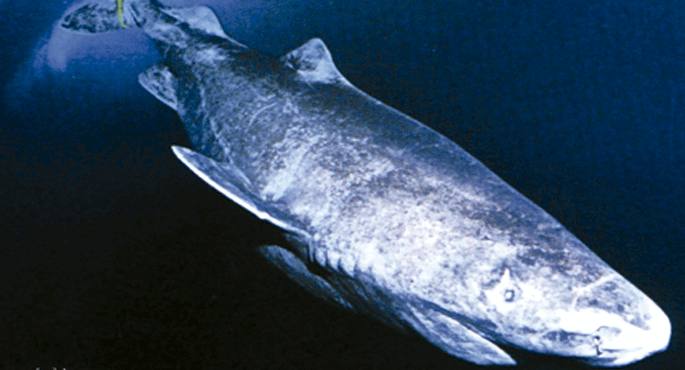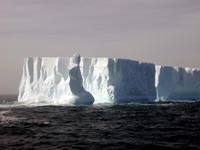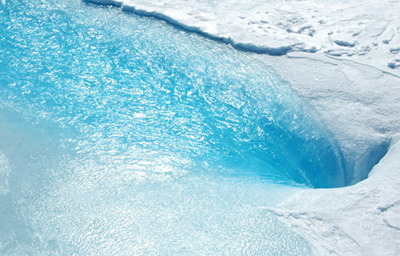Greenland shark, slow but effective predator

Greenland sharks are seven meters in length and live at 500 meters deep. They move very slowly, as they do not exceed 0.34 m/s, but in their stomachs they have found chipirones and seals. Scientists don't understand how an animal that moves so slowly can catch its prey.
It was suspected that at the time of catching the prey, the shark was accelerating its speed. However, this hypothesis has been disproved by speed meters placed on the back of several individuals. So how do you catch the dams? For the time being, the only hypothesis that has not been proven is that he hunts while sleeping. Seals, for example, often sleep in the water to prevent them from being captured by white bears.
Agintean dauden alderdiek kolpe gogorra jasan dute emaitzetan: Inuit Ataqatigiit alderdi ezkertiar independentistak eta Siumut sozialdemokratak aurreko hauteskundeetan lortutako botoen erdia inguru galdu dute, oposizioko alderdien onurarako.
Inkesta gehienen arabera, Inuit Ataqatigiit alderdi ezkertiar independentistaren eta Siumut sozialdemokrataren arteko aliantzak jarraituko du indarrean parlamentuan. Herrialdeko lehen ministro Mute Egedek hauteskundeak aurreratzea proposatu zuen, AEBen "kanpo presioek"... [+]
Groenlandiar jatorriko 411 haur daude tutoretzapean Danimarkan, Gizarte Gaietako, Etxebizitzako eta Adineko Pertsonen Ministerioaren txosten baten arabera. Aitatasun eta amatasun froga psikologikoetan puntuazio baxuak lortzeko arriskua dute guraso groenlandiarrek, frogak ez... [+]
Slale webgune estatubatuarrak argitaratu du Groenlandia eta Antartikako glaziarrak NBEaren adituek diotena baino hamar aldiz azkarrago urtuko direla. NASAn urte luzez ibilitako James Hansen da ikerketaren egileetako bat.
Kopenhage-ko unibertsitateko Eske Willerslev ikerlariak 400.000 urte zituzten mamut eta bisonteen ADNak landu izan ditu orain gutxi arte. Horrelako ikerketa batean... [+]
On 28 May, ministers from five countries bordering the North Pole (Norway, Russia, Canada, the United States and Greenland) reportedly decided to cooperate and protect the area... [+]
Groenlandiako izotzaren urtze azeleratuaren albistea munduko hedabide askok jaso ostean, Carlos M. Duarte ozeanografoak El País egunkarian analisia idatzi du. Bertan dio albisteak harridura sor badezake ere, ez dela gertaera isolatua. Artikoaren urtze fasea atzera... [+]






















